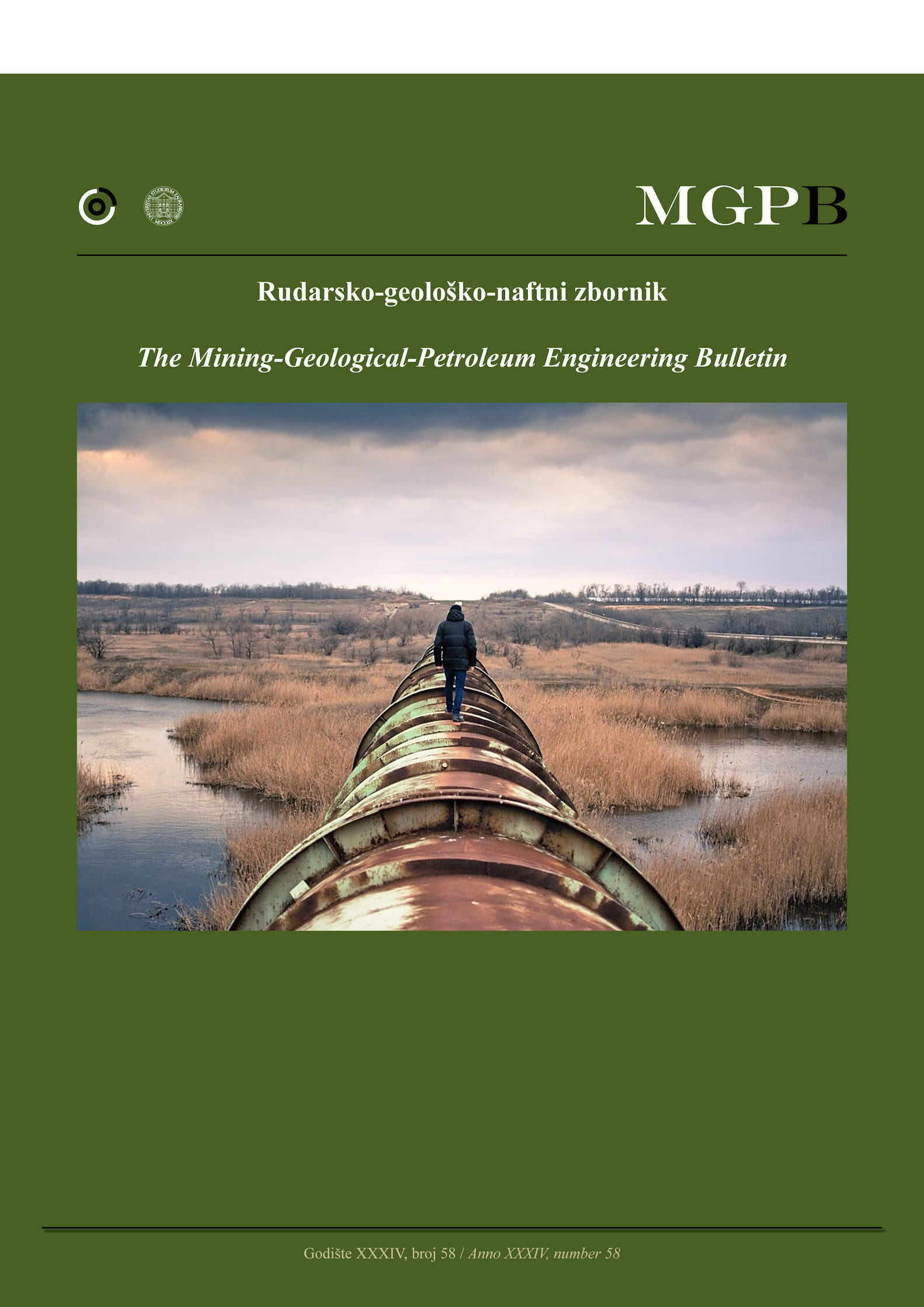Power consumption management and simulation of optimized operational conditions of ball mills using the Morrell Power model: A case study
DOI:
https://doi.org/10.17794/rgn.2022.2.11Keywords:
Ball mill, Power draw, Energy Savings, Morrell power model, Simulation, Degree of finenessAbstract
The amount of comminution or fineness of minerals in a mill can be described by various parameters, the most important of which is d80 (80% passing size). The purpose of this study is to investigate and simulate the optimal operating conditions of a ball mill in a copper processing plant. The actual operating conditions in the intended mill are performed with a 300 tph tonnage, a 267 second retention time, and a discharge d80 = 53 μm. Laboratory studies showed that the optimal economical and metallurgical recovery of copper in this plant is achieved in 65 μm ≤ d80 ≤ 75 μm with Flotation Recovery (R) = 90.16%, Economical Efficiency (EE) = 93.04% and Separation Efficiency (SE) = 88.64%. In this study, having the optimal d80 for the concentration unit, the mill data, and utilizing Excel Software and the Morrell method, first the total power for the optimal set of d80 was calculated, which is equal to 7790 to 8005 kW. Then, according to these power values, the corresponding retention times were calculated, which are equal to 236 and 247 seconds respectively. Finally, utilizing the retention time-tonnage relationship and taking into account the specific filling of the mill, the optimal corresponding tonnages to the obtained retention times were calculated, ranging from 324 to 340 tph. The results of these studies showed that by reducing the level of comminution from d80 = 53 μm to 65 μm ≤ d80 ≤ 75 μm, in addition to increasing flotation efficiency to R = 90.16%, EE = 93.04% and SE = 88.64%, about 4.21% to 7.09% energy savings and an 8.00% to 13.33% tonnage increase will occur.
Downloads
Published
How to Cite
Issue
Section
License
Copyright (c) 2022 authors and journal

This work is licensed under a Creative Commons Attribution 4.0 International License.
Creative Commons-BY
Authors who publish with this journal agree to the following terms:
In agreeing this form, you certify that:
- You read the ethical codex of the RGN zbornik available at journal web.
- You submitted work is your original work, and has not previously been published and does not include any form of plagiarism.
- You own copyright in the submitted work, and are therefore permitted to assign the licence to publish to RGN zbornik.
- Your submitted work contains no violation of any existing copyright or other third party right or any material of an obscene, libellous or otherwise unlawful nature.
- You have obtained permission for and acknowledged the source of any illustrations, diagrams or other material included in the work of which you are not the copyright owner.
- You have taken due care to ensure the accuracy of the work, and that, to the best of your knowledge, there are no false statements made within it.
- All co-authors of this submitted work are aware of, and in agreement with, the terms of this licence and that the submitted manuscript has been approved by these authors.
Publication licence
You retain copyright in your submitted work, according to journal license policy (CC-BY). By signing this form you agree that RGN zbornik may publish it under the publication licence. In summary the licence allows the following:
Anyone is free:
- To copy, distribute, display, and perform the work.
- To make derivative works.
Under the following conditions:
- The original author must always be given credit.
- The work may not be used for commercial purposes.
- If the work is altered, transformed, or built upon, the resulting work may only be distributed under a licence identical to this one.
Exceptions to the licence
In addition to publishing the work printed under the above licence, RGN zbornik will also enable the work to be visible online.
The journal editorial can change the licence rules anytime but it cannot retroactively restrict author(s) rights.


